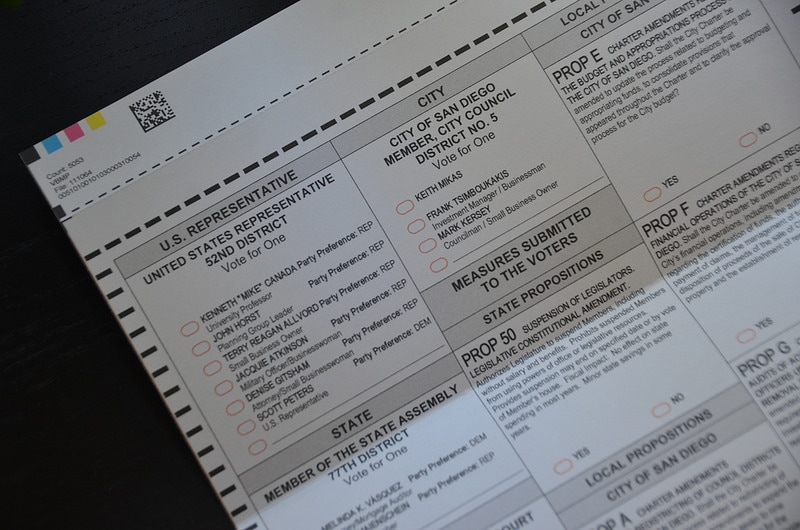| Presentation is everything. At least, a lot of Utah lawmakers believe that’s true when it comes to tax increases. Last summer, an opinion poll published by Utahpolicy.com asked Utahns how they would feel about raising the income tax by seven-eighths of 1 percent, from a rate of 5 percent to 5 7/8 percent, to add more funding for public schools. About 64 percent said they were at least somewhat in favor of this, which emboldened the “Our schools now” |
| | effort that is planning a petition drive to get such an increase on ballots in 2018. But a bill that passed a House committee Monday would force them to put it a little differently. The difference between 5 percent and 5 7/8 percent is actually 17.5 percent. If the bill passes, that’s the figure the initiative would have to list on ballots. This makes a huge difference. A separate opinion poll published earlier this month by the Libertas Institute (which opposes the tax increase) and the Utah chapter of Americans for Prosperity, found that asking people about a 20 percent tax increase for education resulted in 64.02 percent saying they would be less likely to support that than a seven-eights of a percent increase. The same poll also asked how people would feel about paying about $900 a year more in income taxes for education, which is what the Office of Legislative Research and General Counsel estimates the increase would cost. That resulted in 69.35 percent saying they would be less likely to support the initiative. Of course, we could play this game endlessly. List all the things the extra $750 million from the tax increase supposedly would do for schools and the pendulum probably would swing back again. The Libertas/Americans for Prosperity poll found people were little moved by knowing Utah is last in the nation in per pupil spending. But who knows? They might be persuaded by a list of supplies teachers are forced to buy with their own money or by class sizes, and on and on. It’s likely none of those things would be on the ballot for voters to consider, but they probably would come up during the campaign for and against the initiative. Still, the mood on Capitol Hill seems to be leaning away from considering the threat of an initiative something that needs immediate attention. Lawmakers still are looking for ways to provide extra money for education, whether from increases in taxes other than the income tax, through changing exemptions or by some other means. But they don’t seem concerned about matching the $750 million the initiative hopes to raise. One lawmaker told me it’s similar to the way his colleagues feel about the Outdoor Retailers trade show threatening to leave Utah over a joint resolution calling on President Trump to overturn the Bears Ears Monument. Lawmakers don’t like to feel intimidated. Many of them also feel voters would reject the initiative, which they say would be worse for schools than having no initiative at all. That was the worry Rep. Daniel McCay, R-Riverton, expressed Monday at a committee hearing for his bill, HB255, which would force initiatives to express tax hikes as a figure “calculated by dividing the tax percentage difference by the current tax rate and rounding the result to the nearest thousandth.” At first, he said the bill had nothing to do with the “Our schools now” petition. But then he said, “I think it’s dangerous to raise taxes any time you have an economy that is effectively moving. I think it’s even more difficult, though, to not tell the whole story behind the economic picture of what you’re attempting to do.” The public, he said, would be better off letting lawmakers decide how best to fund education in the context of the rest of the state’s needs. “I worry that a loss at the ballot over taxes would be bad for our education system for a long time.” Forcing petition drives to be more honest about the size of a tax increase makes sense. Trying to guess how an initiative campaign ultimately will be defined in the eyes of voters, however, is an imperfect science, at best. |


 RSS Feed
RSS Feed

